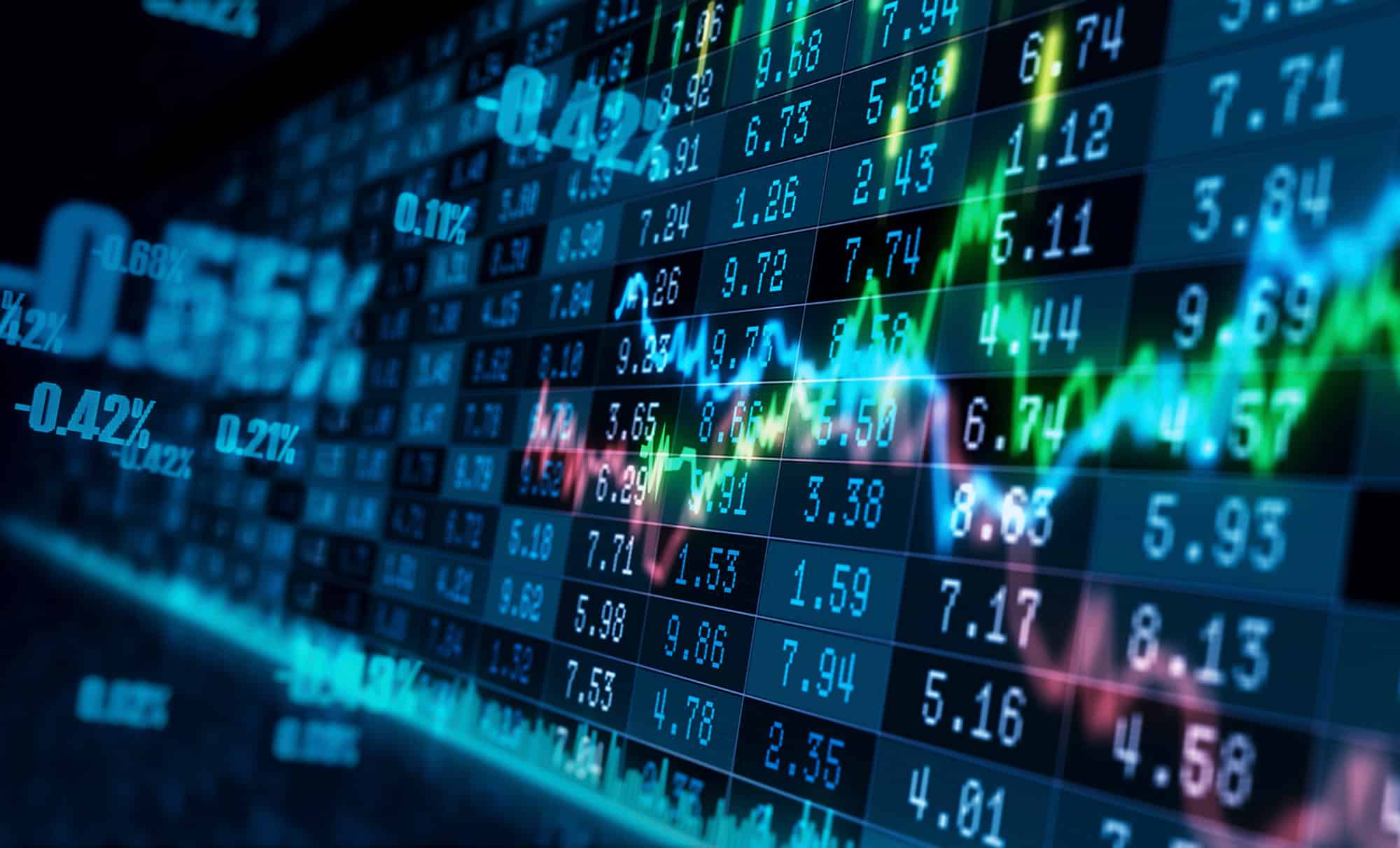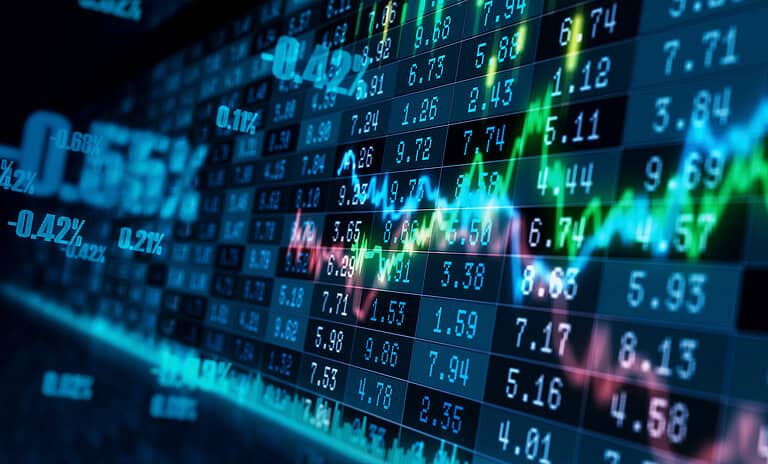Investment bankers hope to keep the momentum going after an active 2024.
For the investment banking industry, 2024 was a time of tempered optimism and guarded anticipation. Market participants entered the year hoping for a robust revival in M&A, IPO, and debt financing activities.
Reality fell short of expectations.
Global M&A deal value rose 16% to $3.4 trillion last year, according to Dealogic. Although the uptick was a positive sign, it wasn’t the full-blown recovery bankers had hoped for. Several factors, including lingering macroeconomic uncertainties, geopolitical tensions, and volatile interest rates, kept the dealmaking environment challenging. The market was, in many ways, still grappling with the hangover from the previous years’ stagnation.
Despite indicators that 2025 could bring a sharper rebound in M&A activity, many of the headwinds that curtailed growth in recent years aren’t abating.
“As I talk to investment bankers, I don’t necessarily hear that their pipelines are filling, where deals are imminent,” Jeffrey Kadlic, founding partner at Evolution Capital Partners, said in December. “There’s still a lot that needs to be figured out.”
For example, trade dynamics haven’t stabilized. The Trump administration’s 25% tariffs on Canadian and Mexican imports—kicking in one day, only to be delayed the next—are leaving dealmakers with a serious case of financial whiplash. Tensions with China have gotten worse, too, as Beijing imposes its own retaliatory tariffs against the US.
“Tariffs are going to affect decision making,” Kadlic predicted.
Why? Buyers and sellers like certainty, and the constant back-and-forth makes planning ahead feel like betting on a coin toss. Even if the tariffs do finally stick, investment bankers might spend so much of 2025 just trying to adjust that by the time the water feels warm, 2026 will already be knocking at the door.
That said, market dynamics don’t necessarily spell doom and gloom across all regions and sectors. Banks that adapt quickly to evolving conditions and adopt innovative dealmaking strategies are likely to be the biggest winners.
So far this year, almost every region has seen an uptick in M&A activity, according to Dealogic. As of March 20, Japan is up 123%; Asia, 39%; Middle East/Africa, 137%; Canada, 95%; Australia, 26%; and Europe, 18%.
The US, by contrast, has declined 11%, and Latin America has fallen 25%.
The End of Free Money
At first glance, today’s M&A trends seem worlds apart from the boom years of 2014 to 2022, driven by low interest rates.
“Some would call it free money,” says McKinsey Senior Partner Mieke Van Oostende. The era also benefited from a stable economic climate until the middle of 2022, when the Ukraine-Russia war triggered rising interest rates, inflation, supply chain shocks, and geopolitical uncertainty.
“Until mid-2022, deal volume and value were still pretty okay; but that was just pipeline deals,” Van Oostende notes. Eventually, interest rates spiked sharply and valuations remained high.
“[Valuations] have not collapsed,” she adds. After a dip in 2023, M&A activity showed signs of recovery in 2024.
Despite global uncertainties, the M&A outlook for 2025 appears optimistic, even bullish, Van Oostende argues. Favorable macroeconomic conditions—including resilient global economies, strong employment, lower capital costs, and normalizing valuations—are setting the stage for increased dealmaking.
There is pent-up demand as companies across banking, life sciences, oil and gas, tech, and advanced industries seek acquisitions to adapt and grow. Programmatic M&A, where firms make small to midsize acquisitions annually, remains the highest performing, least risky strategy, delivering 2.3% median excess total shareholder returns per year, according to Van Oostende.
A renewed interest in IPOs will also give investment banking a boost. Last year, many companies that had previously considered going public opted to delay their listings due to market volatility and valuation pressures. The IPO pipeline remained clogged as a result, with only a select few high-profile debuts making a significant impact. That should change in 2025, Van Oostende says.
The number of conversations McKinsey has with clients interested in an IPO “has gone up significantly,” she notes. “And it’s also clear that for private equity firms, as they continue or start to increase the rotation of their assets, IPOs are for sure now on the agenda.”
Over the previous 24 months, private equity firms sought bankers to handle divestitures—to a corporate or maybe another firm like their own. Today, the scenario is different, and the expectation is, “IPOs will indeed go up,” says Van Oostende.
At last check, IPO activity is up 30% across the globe this year, per Dealogic. The most active markets are Japan, which has seen a whopping 400% increase in deal volume as of March 20; Middle East/Africa (289%); and the US (72%).
A More Selective Debt Market
Predicting whether the new wave of IPOs will be successful is tricky. JX Advanced Metals managed to raise 439 billion yen ($3 billion) on March 10, becoming Japan’s biggest IPO since SoftBank’s telecom unit in 2018. Also in early March, Venture Global a Virginia-based liquefied natural gas company, could look back at a share-price freefall of more than 60% since going public in January, erasing $39 billion in paper value and burning investors who bought stock in the company’s IPO.
“The real question is how the rest of the year and 2026 will play out,” says Colin Diamond, co-chair of the global securities and capital markets practice at Paul Hastings.
Given the last three years of suppressed IPO activity, there continues to be a strong pipeline of IPOs building, he adds. “Based on our own pipeline, these include a significant number of sponsor-backed transactions across all sectors and particularly the tech sector.”
Debt financing remained a critical tool for corporations in 2024, but the landscape was experiencing a strategic shift. Rising interest rates prompted many companies to lock in financing early in the year, leading to a front-loaded debt market. As the year progressed, the volume of new debt issuance tapered off, as only companies with strong balance sheets or strategic needs tapped the market.
In total, Dealogic reports, debt capital markets (DCM) spiked 36% in 2024 to exceed $9 trillion. But from January to March of this year, DCM is on a 16% downtrend, hovering at $2.1 trillion.
Investment bankers expect a more selective debt market in 2025. Companies will likely focus on refinancing existing debt and funding specific growth initiatives. Private credit markets have gained popularity in recent years and are expected to play an increasingly prominent role, offering flexible financing options where traditional banks may be more risk averse.
It’s always worth remembering, however, that not all markets are created equal and the investment banking industry is no stranger to turbulent waters. Those who can read the shifting tides and adapt their strategies to the evolving market conditions will be best positioned to thrive in 2025.
The cryptocurrency sector, for example, is ripe for IPOs, “given the more favorable regulatory environment towards crypto under the Trump administration,” Diamond Says. “We expect the Securities and Exchange Commission to be focused on facilitating IPOs and capital formation, but macroeconomic conditions and consumer sentiment will ultimately drive whether the market opens more broadly in the second half of 2025 and 2026.”
Research and analysis were executed by Thomas Monteiro, John Njiraini, Andrea Murad, and Lyndsey Zhang, who reviewed entries as well as other information. Global Finance editors reviewed their assessments and made the final selections. Corporate Finance Editor Anthony Noto served as lead editor. The individual contributions of Monteiro, Njiraini, Murad, and Zhang are indicated by their initials.
Methodology
Global Finance editors and researchers, with input from a range of executives, investors, and consultants worldwide, used a series of criteria to select the winners of these awards, including market share; number, size, and complexity of deals; service and advice; structuring capabilities; distribution network; efforts to address market conditions; innovation; aftermarket performance of underwritings; and market reputation. We use information provided by the banks, as well as material gathered from other sources, to score and select winners based on a proprietary algorithm. Deals announced or completed in 2024 were considered. In the review process, Global Finance considers the full spectrum of banks, from relatively small institutions in frontier markets to global banks that lead the league tables.
Many winners submit, in support of their applications, information and perspectives that may not be publicly available. Banks that do not submit entries can still be selected as winners through Global Finance’s review process. However, experience shows that banks submitting entries with detailed explanations of differentiation in services for corporate clients as compared with peers achieve better results. Global Finance adheres to journalistic best practices for protecting the confidentiality of information.












